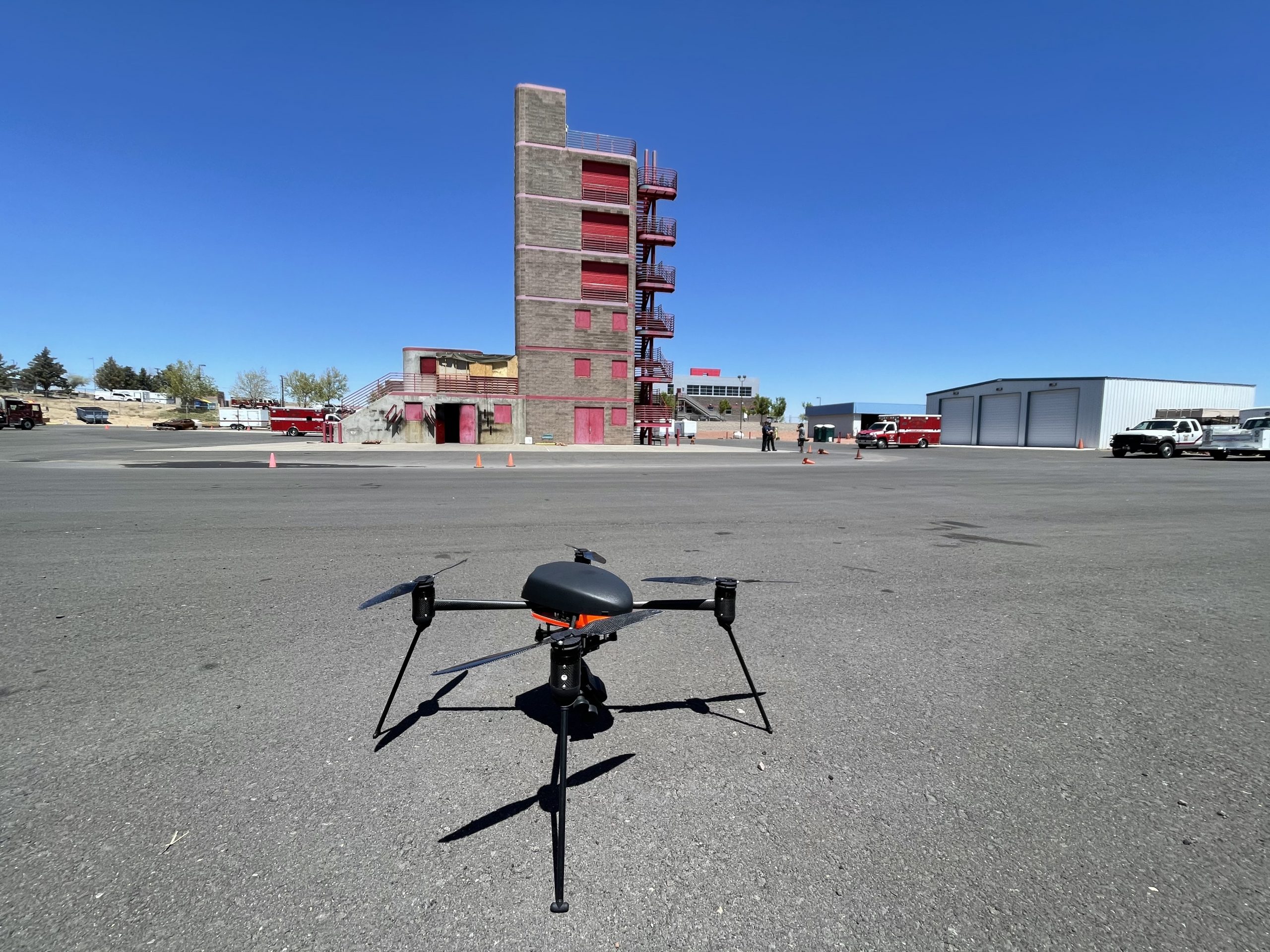Why Public Safety Drone Pilots Are Reluctant To Fly Expensive Aircraft

The main reason why public safety drone pilots are reluctant to fly expensive UAS is because of a common misconception that the chances of an accident are greater than that of a smaller airframe.
Whereas, in fact, the simple truth is that success and flight safety are based on these three factors: training, familiarization, and repetition.
Adopting a systematic approach will greatly minimize the risk of failure.
Other factors that increase this reluctance to fly are:
1. Incorrect Purchase Decisions
Many public safety departments or agencies end up spending their entire budget on a larger, single-asset rather than multiple, smaller options that still fit into the day-to-day workflow.
Now, to be fair, this could be also because adequate funds were not allocated. And a single asset is the only alternative. This is especially true for smaller departments.
Whatever may be the case, the fact remains that relying on a single asset is a recipe for disaster.
One UAS issue and you will have to ground your entire operation.
Always remember the rule – One is none, and two is one when planning your purchases.
2. Lack of Training or Use
This is the second most common reason why public safety drone pilots are reluctant to fly expensive aircraft.
3. Inability to Fly in Densely Populated Areas
Many public safety agencies need to fly in densely populated metropolitan areas. Needless to say, the risk of damage to persons or property is directly proportional to the size of the airframe.
So, many pilots mitigate this risk by flying smaller airframes.
4. The UAS Program is Too Large
Why is that a bad thing?
Often, UAS programs are scaled up rapidly with multiple purchases.
And training simply cannot keep pace. As a result, pilots become familiar but not proficient.
I cannot stress enough the need for proper and recurrent training
This is especially true for the public safety sector where a lack of proficiency is a literal life and death matter.
